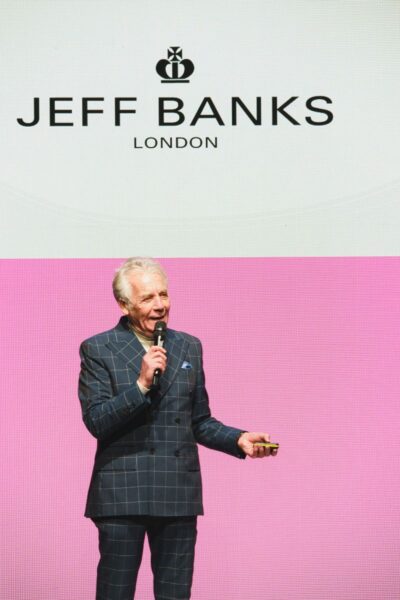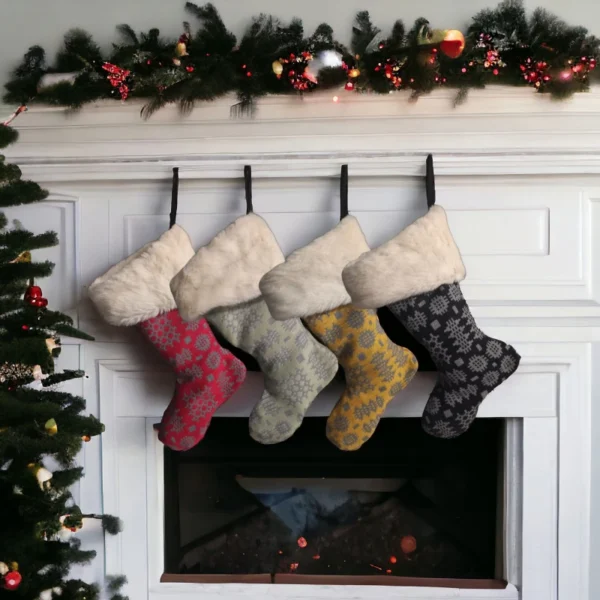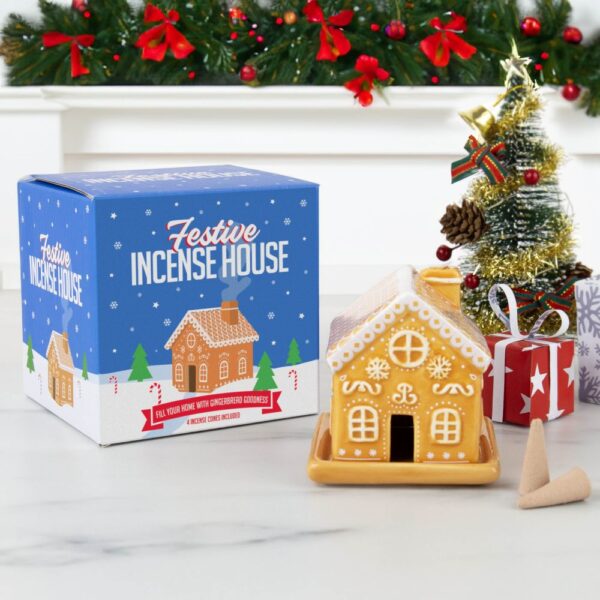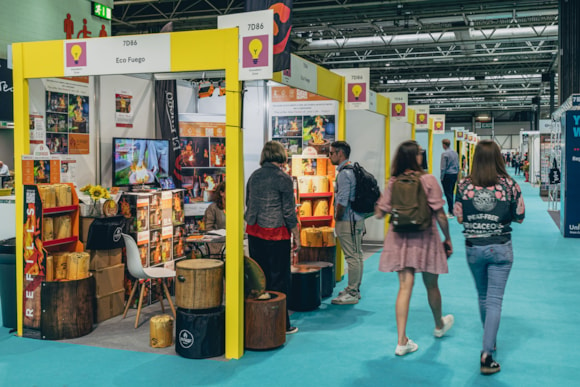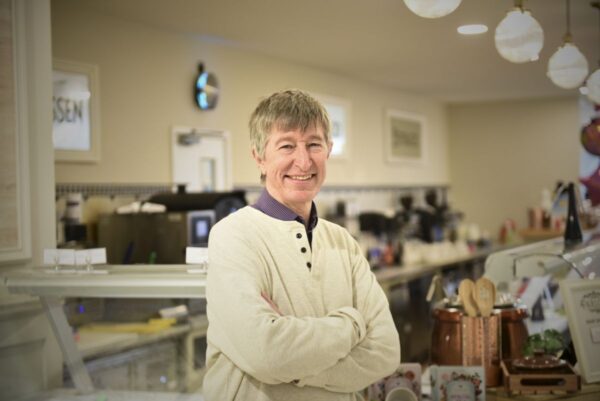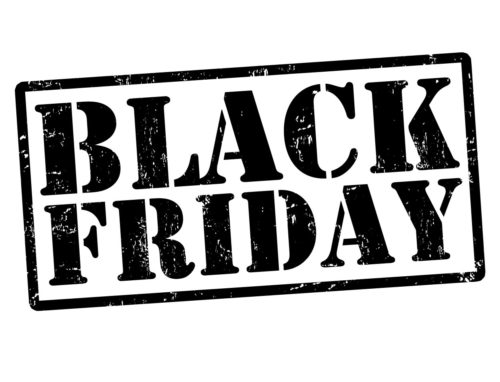 The great pre-Christmas discounting and price-promotion extravaganza, Black Friday on November 25, helped generate a 12% rise in online spending. High street stores were quiet, by contrast, as sofa-surfers concentrated on internet promotions.
The great pre-Christmas discounting and price-promotion extravaganza, Black Friday on November 25, helped generate a 12% rise in online spending. High street stores were quiet, by contrast, as sofa-surfers concentrated on internet promotions.
The week from Monday November 21 – Monday November 28 saw online sales rise to around £6.5bn, while black Friday itself reaped £1.23bn. So successful, in fact, was Black Friday 2016 that it was described as the ‘biggest shopping day ever in British retail history” according to Mark Elliot of credit card provider MBNA.
John Lewis alone reported record sales for the week of almost £200mn, up 6.5% compared to the same day in 2005, making it both the biggest ever week and biggest ever trading day in John Lewis’s history.
Argos and Currys PC World also expected their biggest sales day of the year, with Argos logging over half a million visits to its website, an increase of 50% year-on-year.
The retail industry-wide promotional campaign was strongly influenced by beacon platforms such as inMarket, which recorded 370% more beacon detections compared to 2015. (Beacons alert potential customers in surrounding areas to deals and promotions via mobile devices). The power of promotions and viral marketing is reinforcing the rise in mobile shopping which now sees 84 per cent of shoppers using phones and other devices while shopping in stores.
Black Friday 2016 has also been boosted by consumer fears of New Year price increases and other knock-on effects from the weaker pound. The sterling performance follows strong October trading and Halloween upswing, as consumer spending holds firm since Britain’s vote to leave the European Union.
Footfall on the high street was much brisker after the Black Friday online rush, with Christmas shopping dovetailing nicely with Small Business Saturday on December 3, when consumers were encouraged to support local shops and other businesses. Many independent retailers were buoyed by what is rapidly becoming an important promotional event in its own right







